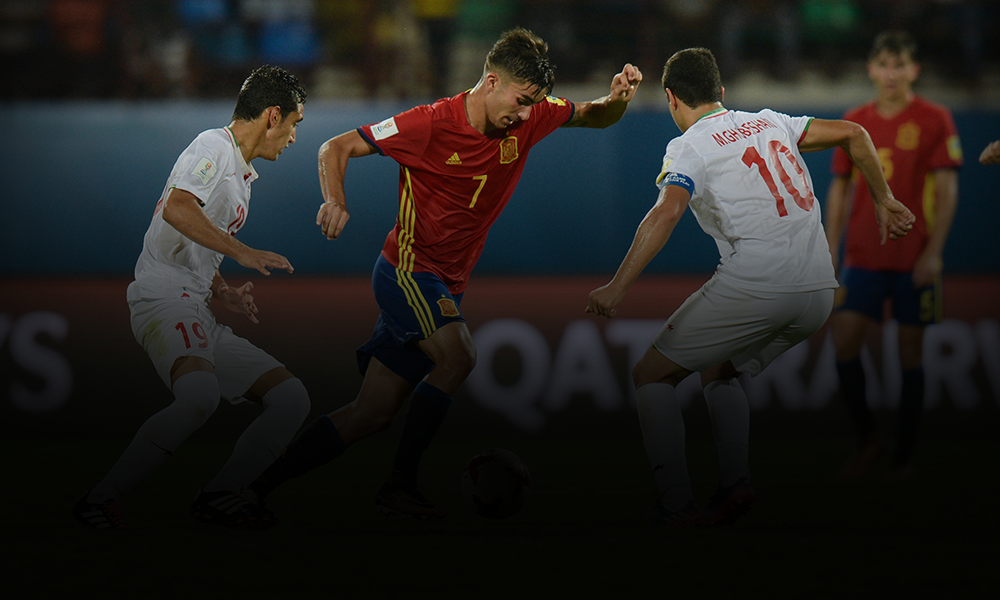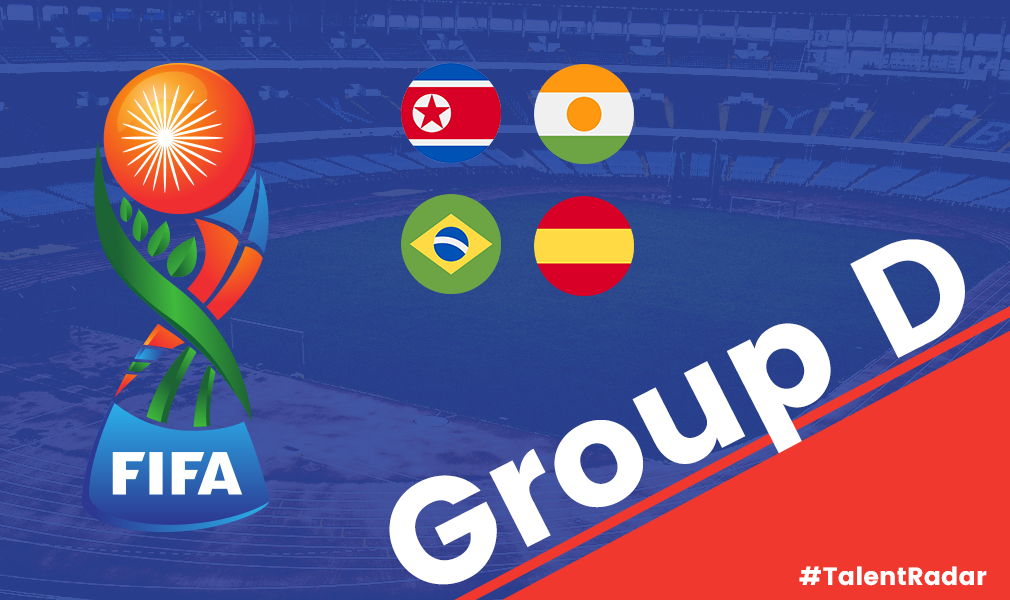A star ‘signing’ for Spain, Diego Costa has never quite hit the heights for his national team. While the forward has been prolific at club level, the same fluency and potency seems to go missing when he plays for his country. Max Bluer explores.

27 goals in 34 league starts in his final season with Atlético Madrid. 20 in 24 in his first campaign for Chelsea. Just one in nine for the Spanish national team. The discrepancy between Diego Costa’s form for his club sides and his adopted country is all too apparent, and has been a source of angst for the Spanish footballing public ever since he first pulled on the red jersey in a pre-world cup friendly against Italy (ironically the same opposition against whom he had made his first international debut, for Brazil).
Spain and Costa’s failures at the 2014 World Cup in Brazil were humiliating. The nadir came in the shape of a 5-1 loss to the unfancied Netherlands, a match forever remembered thanks to Robin Van Persie’s ‘superman’ header and the painfully bad performance of Spain’s captain and legend, Iker Casillas. Casillas’ all too public humiliation may have captured the headlines in Spain but Costa’s experience of the tournament was no less traumatic. Booed by the locals upon whom he had turned his back to represent a foreign country, the goals had dried up for the man who fired Atletico Madrid to a historic La Liga triumph and to within seconds of lifting the Champions League. Costa failed even to get a shot on target as attempts were dragged wide, overhead kicks fluffed and even basic first touches bounced away from his grasp.
Since those fateful losses to The Netherlands and Chile, La Roja have managed to retain some of their old swagger. The 2-0 victory over Slovakia in Euro 2016 qualifying saw a return to the fast interchanges and intelligent movement that had swept all before them since 2008. David Silva probed, prodded and glided his way through the Slovak defence, Andres Iniesta ghosted around the field (though with that complexion he tends to ghost everywhere) and Jordi Alba patrolled the entire left hand side, contributing in attack but somehow managing to never neglect his defensive duty. Even Casillas looked more assured between the posts for his country than he had in months.
From the evidence of his nine caps thus far, Diego Costa’s trademark aggression and physicality simply do not suit the style of the Spanish national team. And it seems increasingly unlikely that they ever will, at least while technicians like Busquets, Iniesta and Silva run the midfield and Vicente Del Bosque mans the dugout.
Yet there is a national team out there whose playing style he fits perfectly; one that is led by a manager who would value his confrontational approach, one desperately in search of a top class no.9, so much so that its squads now include two forwards playing in the Chinese Super League and has recently turned to the lumbering Hulk as a stop-gap central striker.
But Diego Costa turned down Brazil – now led by fiery former captain Dunga – in the build up to the 2014 World Cup. One can only speculate as to whether Costa regrets shunning the overtures from the Seleccao; but the prospect of playing under a manager whose intensity is matched only by Diego Simeone – the man under whom Costa played his best football to date – in a team characterised by its physicality, its propensity to push the rules as far as possible and a tactic of playing deep and exploiting the counter-attack must surely appeal to the hispano-brazilian.
Of course, Costa’s decision was based on more than just on the pitch matters. On announcing his decision he said that ‘Spain has given me everything’ and to this day he still acknowledges the ‘debt’ he owes to Spain as a nation and a football team. It was in Iberia where Costa matured and eventually emerged as an elite footballer. Rumours also abounded at the time of a rift between Costa and then Brazil manager Luis Felipe Scolari, Costa was said to have felt discarded by ‘Big Phil’ after just two substitute appearances and 33 minutes in the famous gold jersey. Nonetheless, the irony of rejecting the country that needed and suited him most, for the country that seems almost hindered by his presence surely won’t be lost on Chelsea’s no.19.
When all of his teammates shine (aside from Sergio Ramos who played the ninety minutes as if distracted by his apparent feud with Gerard Piqué) and the centre forward consistently fails to do so, questions will inevitably be asked. Some are calling for the striker to adapt his game to the needs of his team and its style, other argue that Spain should be adapting more to him, and yet more see Costa as surplus to requirements, with Valencia’s dangerous young forward Paco Alcácer at the front of the queue itching to take Costa’s place.
Those calling for Costa to change to suit Spain are destined to be disappointed. His combative, physical style, one that exploits his considerable pace and strength, is simply incompatible with a football culture that values technique over raw power. Indeed, the player himself admits that “it’s me that has to adapt to [my teammates]”. Costa’s movement is by no means poor, but to play in front of David Silva, Cesc Fábregas or Juan Mata requires an intelligence of movement that very few can boast.
Very few, but Paco Alcácer might just be one. The 22 year-old has shown in his eight caps that he possesses the tactical awareness to anticipate the intricate, angled through balls that are the speciality of Del Bosque’s trusted attackers. The Valencia front man has demonstrated far more chemistry with Silva and co. than Costa in his few opportunities as La Roja’s frontman.
Yet the possibility of dropping Costa carries baggage. The RFEF (the Spanish football federation) invested as much of its time, effort and reputation in ‘signing’ Costa as Real Madrid or Barcelona do in their galactico transfers. President Ángel Maria Villar had to fight off a high profile rival to secure Costa for Spain and would be deeply unimpressed should Del Bosque leave him stewing on the bench.
So Costa will not be dropped for Spain’s next game, but he won’t be playing either. Thanks to an accumulation of yellow cards the under-pressure forward will be suspended for La Roja’s next fixture, against Luxembourg in Logroño on October 9th. Paco Alcácer (or Álvaro Negredo, Roberto Soldado or even Aritz Aduriz) will therefore have a golden chance to push his claims for a more permanent spot in the XI. Should Costa’s replacement shine against the group whipping boys, Del Bosque will have a difficult decision on his hands.
Written by Max Bluer
- Why doesn’t Diego Costa work as Spain’s number 9? - October 9, 2015

























































